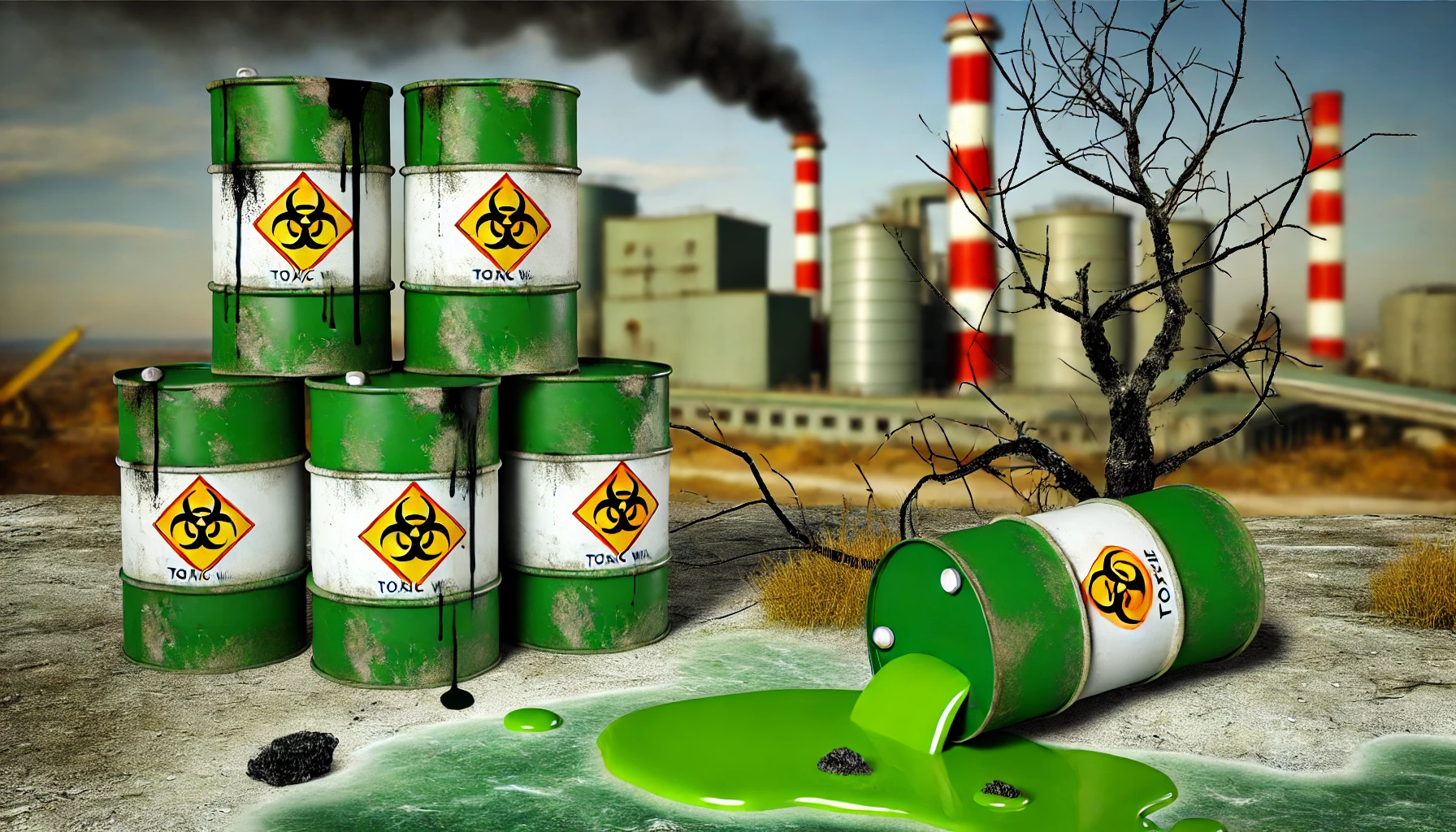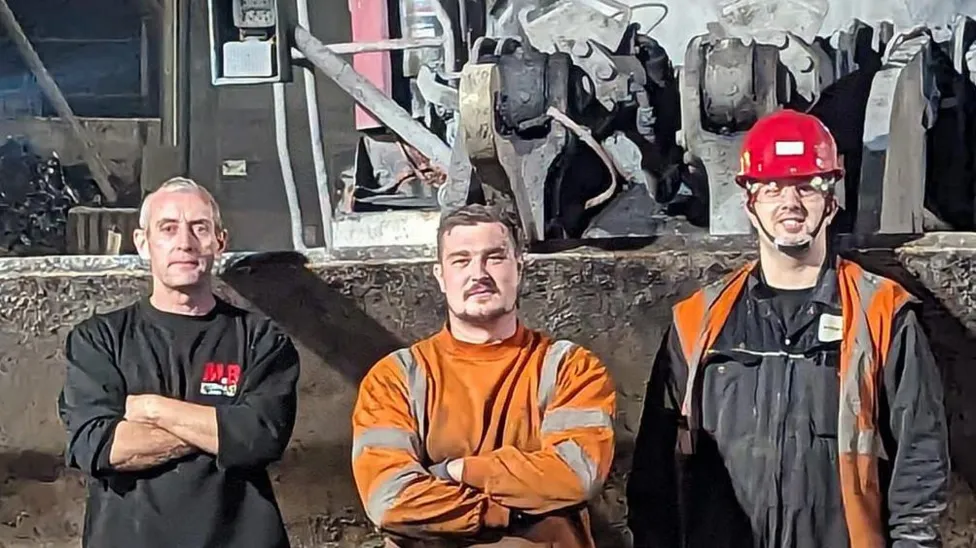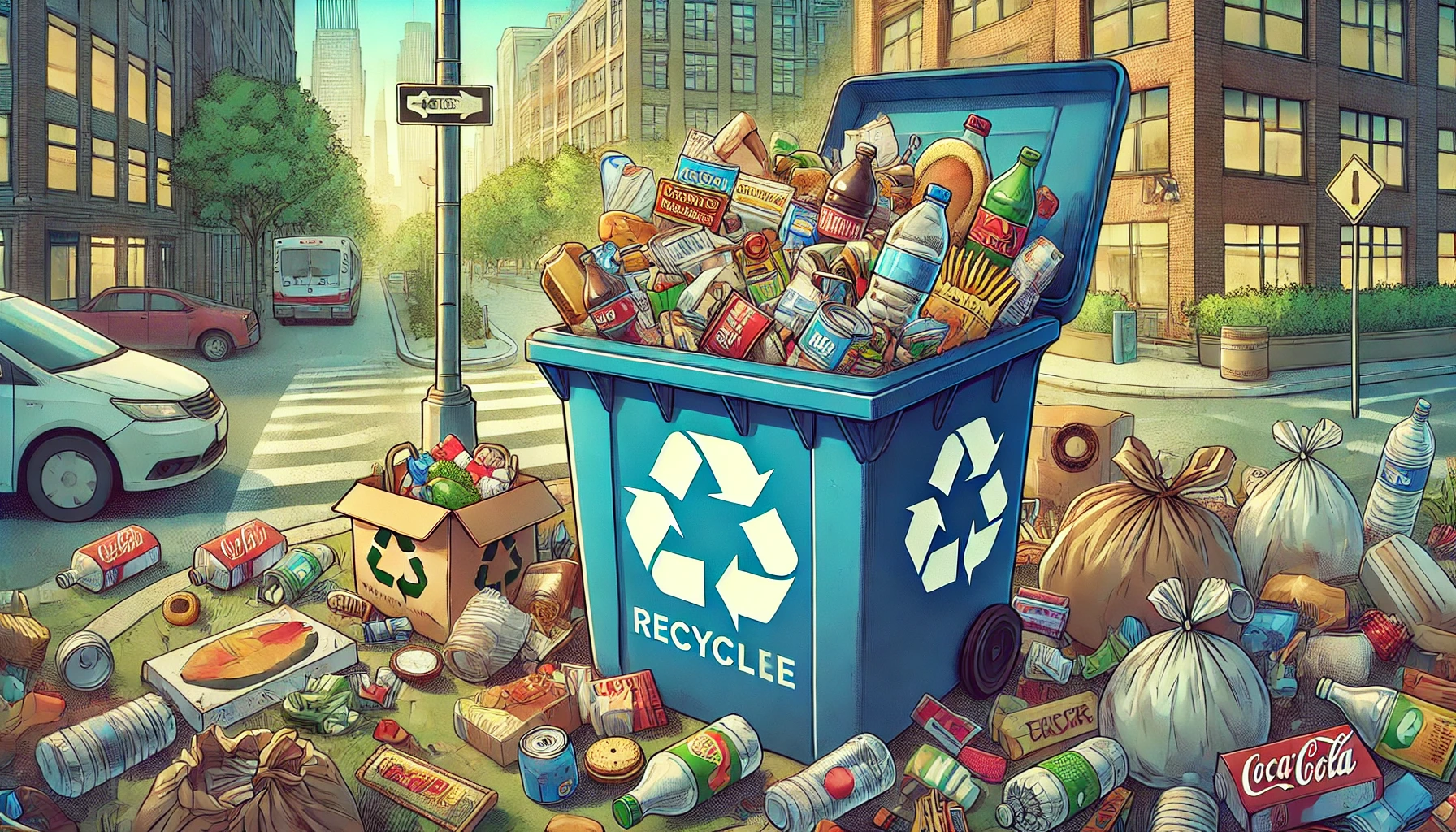Campaigners worried about toxic waste leaking from a former landfill site near Telford have urged the council to release monitoring test results.
The Stoneyhill site, used by the international chemical company Monsanto from 1985 to 1991, has raised fears among locals about potential contamination.
Paul Cawthorne, a vicar-turned-citizen scientist, has demanded transparency and greater accountability over the site’s testing. Despite regular testing by Telford and Wrekin Council, the results have not been disclosed, leading to suspicion among residents.
The council maintains that the site is not classified as contaminated land, and the tests conducted throughout the year have shown no cause for concern. However, they have refused to release the test results to the BBC or campaigners.
Monsanto, which ceased operations in 2016, was known to have disposed of industrial waste at Stoneyhill. Past tests at other Monsanto sites revealed banned chemicals at levels more than 12,000 times the recommended UK limits.
Community Concerns
A stream flows through the former landfill at Stoneyhill, into Coalbrookdale, and then into the River Severn. The soil and water in the stream are noticeably orange, which the Environment Agency and the council attribute to iron contamination from old mines.
“For years, I’ve been asking for the results of tests done here to be made public,” said Cawthorne. “When results are withheld, you wonder what they’re trying to hide.”
The landfill was used for industrial, commercial, and household waste, including animal carcasses. Campaigners are particularly worried about “forever chemicals” like Polychlorinated Biphenyls (PCBs) and Polyfluorinated Alkyl Substances (PFAs), which are linked to severe health issues and are banned in many countries.
Green Party campaigner Pat McCarthy highlighted the dangers of these persistent chemicals, urging regular testing and public disclosure of the results. “If there’s nothing there, we’ve got nothing to worry about,” he said.
Local Impact
Resident Sarah Robinson shared that her dog Dylan became ill after drinking water from a local brook. “He was sick with severe diarrhea for 24 hours,” she said. “It’s really concerning. I don’t let Dylan go near the water anymore.”
Council’s Response
Telford and Wrekin Council has apologized for the residents’ experiences and insists that their monitoring does not indicate any danger. “Continuous monitoring and regular testing take place throughout the year,” a spokesperson said. “None of the results have presented any cause for concern.”
The council also noted that they are open about how the site is managed and tested, though they have not shared specific data.
Further Investigations
The Environment Agency found very low levels of toxic chemicals in a nearby ditch but also reported no cause for concern. Previous tests on nearby streams indicated good water quality, although they did not test for forever chemicals.
As part of a BBC investigation, the Royal Society of Chemistry found alarmingly high levels of banned chemicals at other former Monsanto sites. In Helsby, Cheshire, soil samples contained PCB levels more than 12,000 times the UK recommended limit.
Despite these findings, the Stoneyhill site has not been officially recognized as contaminated.
Campaigners continue to push for transparency to ensure that the legacy of industrial activity does not harm the environment or public health.



